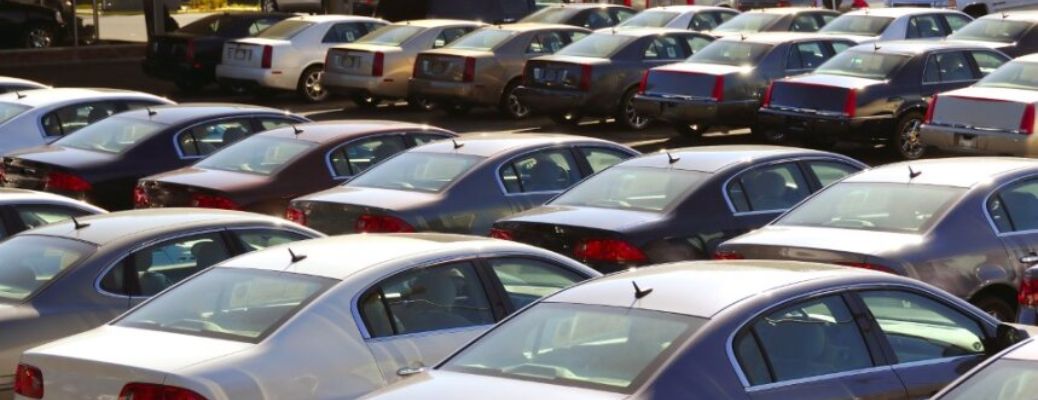It’s no secret that the automotive supply chain has been hit hard in recent years. The global pandemic interrupted the auto market worldwide, and political unrest and uncertainty have only added to it.
Everything was working fine – until it suddenly wasn’t when links in the supply chain broke.
Fortunately, the auto industry has continued to adapt and change. If you’re wondering what the future of the automotive supply chain is, keep reading.
Re-Evaluating the Just-In-Time Model
The auto industry is no stranger to the just-in-time method of inventory management. After all, it was originally called the Toyota Production System (TPS) due to Toyota adopting the system in the 1970s.
For the just-in-time (JIT) model to continue to work, every link in the chain (raw material supply, production of goods, and consumer demand) must remain stable. Otherwise, the effects can be felt immediately.
When everything is in alignment, the JIT method is efficient. However when raw materials are scarce, or there is a sudden surge in consumer demand, the supply chain is interrupted.
Interruptions in the JIT model can last a long time. There is still a current shortage of semiconductors, which is heavily impacting the North American market and causing over 100,000 vehicles to be cut from production. To counter the weaknesses of the JIT model, manufacturers can hold some inventory.
They can also work with chipmakers who are expanding their production. This is what Qualcomm and GlobalFoundries are planning to do, thanks to subsidies from the U.S. government. Production plants are already in place, so it’s a matter of upgrading and expanding their facilities.
Re-Examining Contracts
Previously, contracts between the auto industry and suppliers were long-term, inflexible contracts. Everyone simply accepted this because it worked – until the pandemic hit and it didn’t. Supply and freight contracts will become more flexible, especially with pricing – this benefits everyone.
Both manufacturers and suppliers must understand that estimates of part demands may be inaccurate. However, by working together and being transparent they can mitigate risk. A major supply chain update is rethinking how contracts are written.
Industry 4.0 and the Automotive Supply Chain
Automated tools and data will improve the overall planning process of auto manufacturing. Predictive tools that can provide data-driven insights and accurate forecasting aren’t smart enough – yet. We’re not quite ready for Industry 4.0, but we will get there.
However, as predictive tools and forecasting get better and connect to each other, the auto industry will have a virtual network of A.I. and data that mirrors the physical supply chain.
That’s not to say that there won’t be supply chain issues in the future. Pandemic aside, geopolitical unrest can still disrupt the global automotive market.
There’s No Shortage of Great Vehicles
It’s a misconception that there’s a shortage of great vehicles out there. Despite the issues with the automotive supply chain in recent years, manufacturers are continuing to refine their car manufacturing processes in order to keep up with demand.
The same is true for your local auto dealership. At Freedom Chrysler Dodge Jeep Ram in Duncanville, we’ve realized the need to make buying a car easier than ever. Buy online from Freedom, and we’ll even deliver your next vehicle to you. It’s free delivery up to 100 miles for either new or used vehicles.
Give us a call or stop by our Duncanville location today.





